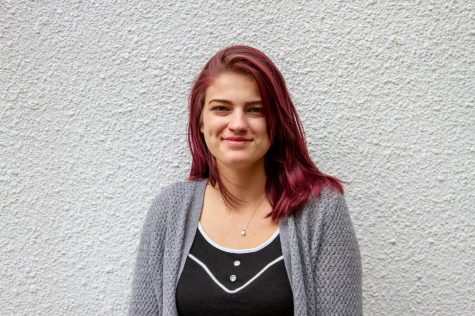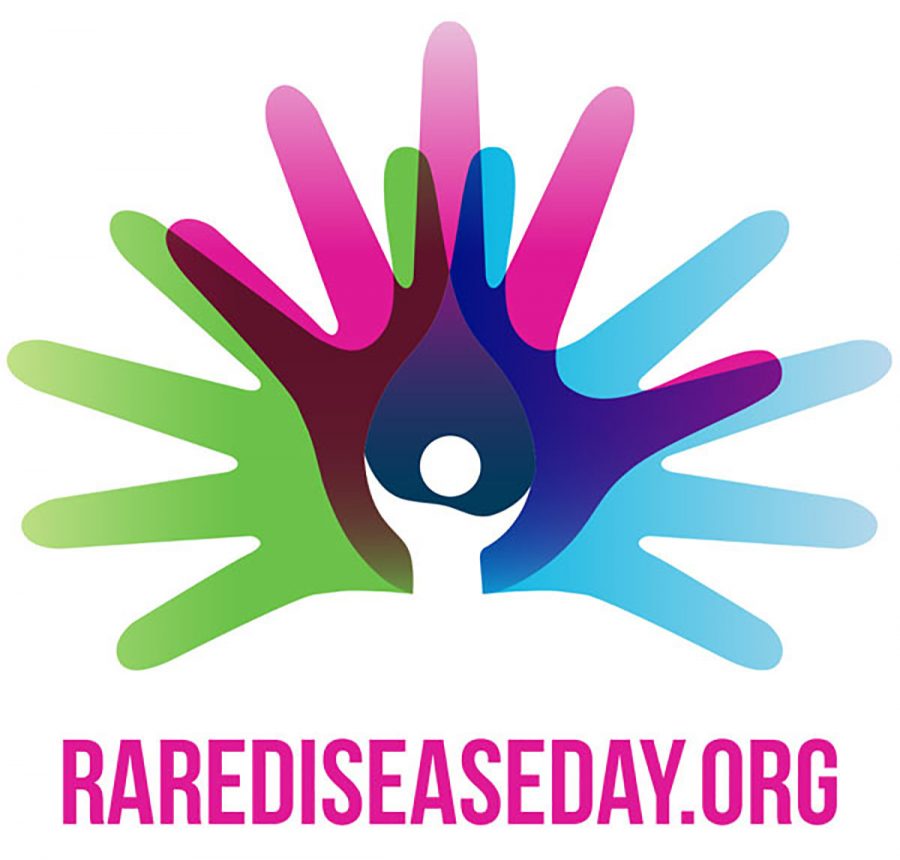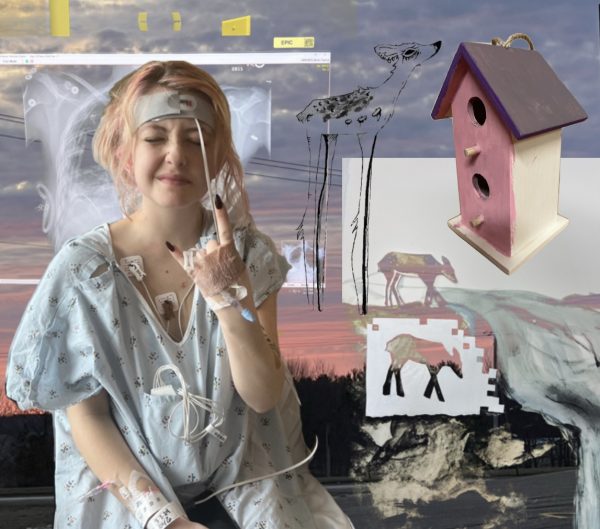Rare Disease Day 2020 is this Saturday
Rare diseases affect over 300 million people worldwide, not counting those who have been misdiagnosed or written off by doctors
Photo by Submitted
Rare Disease Day is held on the last day of February. This year it falls on Feb. 29.
Growing up, I always knew I was different. I had more growing pains than most kids and I got injured much easier. I was clumsy and always covered in bruises.
Fast forward to puberty, and things started getting weird. Not only was I in a years-long state of awkwardness, but my body was changing in ways that my peers’ weren’t. I started experiencing a lot of pain in my joints — specifically my knees and my ribs. The first time my knee subluxed, or partially dislocated, I was terrified. Now, it’s my norm.
It wasn’t until this year — a full 6 years after that initial subluxation — that I received an initial diagnosis: Ehlers Danlos syndrome, hypermobility type.
EDS is a collection of 14 genetic disorders affecting collagen and other soft tissue. The form that I have, hEDS, is arguably the least severe form, as it does not affect my life expectancy. I will likely need major reconstructive surgeries as my joints continue to dislocate and deteriorate, and I will likely have some complications should I ever become pregnant, but that’s the extent of it.
EDS is a chronic illness, meaning it can be managed, but not cured. In fact, there isn’t even a known gene associated with hEDS like with the other 13 types — there is currently a study being done with hEDSers like myself.
The only reason I found my diagnosis was because I was presenting symptoms of comorbidities of EDS — other rare diseases that are associated with EDS.
I was diagnosed with postural orthostatic tachycardia syndrome, which means that my blood vessels don’t constrict when I stand up, so the blood that pools at my feet when I sit or stand doesn’t get pushed back up to my brain. This makes sense — since the rest of me is stretchy, why wouldn’t my blood vessels be, too?
I am also being treated for a gastrointestinal disorder known as gastroparesis. GP, which is also referred to as stomach paralysis or delayed stomach emptying, makes it very hard for me to eat enough in a day, as I can only eat a small amount before I’m full.
Before I started presenting symptoms of comorbidities, I was misdiagnosed with a number of things. I was told I was having a panic attack, when in reality my rib had subluxed. I have been diagnosed with anxiety, panic disorder, acid reflux and tendonitis. I have been told I’m out of shape, weak and have even been accused of having Munchausen syndrome or hypochondria.
I was also told that the pain would go away if I stopped focusing on it.
It wasn’t until my pain specialist suggested EDS to me 2 years ago that I even felt a glimmer of hope. Fast-forward to this year, when I trekked to Mayo Clinic in Rochester, Minn. and met with a doctor for 2 hours before he officially diagnosed me with EDS.
That knowledge makes my life so much easier. I now know why I’m feeling what I’m feeling.
I manage through my day with nausea, pain and fatigue, and, save for the days I use a mobility aid like my cane, I come across relatively healthy. That’s the danger of invisible illnesses.
By looking at me, my doctors don’t see me as a sick patient. I believe that this is part of the reason why it took me 6 years to get a diagnosis.
It’s not always easy for me to tell people that I’m sick or that I have a medical disability. But it’s important for me to do so because awareness is the only way to keep misdiagnosis and under-diagnosis from happening to others.
This Saturday is Rare Disease Day. It takes place on the last day of February every year, but every four years, it lands on Feb. 29, which is the rarest day of the year.
According to their website, “the main objective of Rare Disease Day is to raise awareness amongst the general public and decision-makers about rare diseases and their impact on patients’ lives.”
Over 300 million people are living with a rare disease. With those numbers, the word “rare” doesn’t seem fitting, but some diseases only affect a handful of people.
EDS affects somewhere between 1 in 2,500 and 1 and 5,000 people. Exact statistics are not available, as the disorder is often mis- or under-diagnosed, likely due to lack of knowledge.
By raising awareness of EDS, POTS and GP, I can hopefully help others find answers quicker than I was able.
Kelley can be reached at [email protected].

Bridget Kelley is a fourth-year journalism student. Bridget enjoys hanging out with babies, coffee and oxford commas. If anyone has any gluten-free food suggestions, Bridget's inbox is open.











